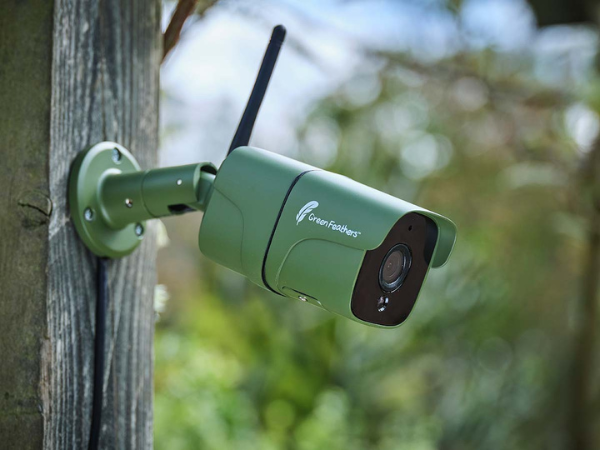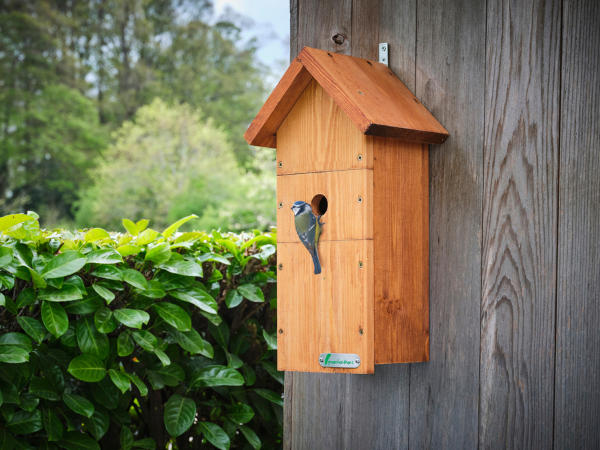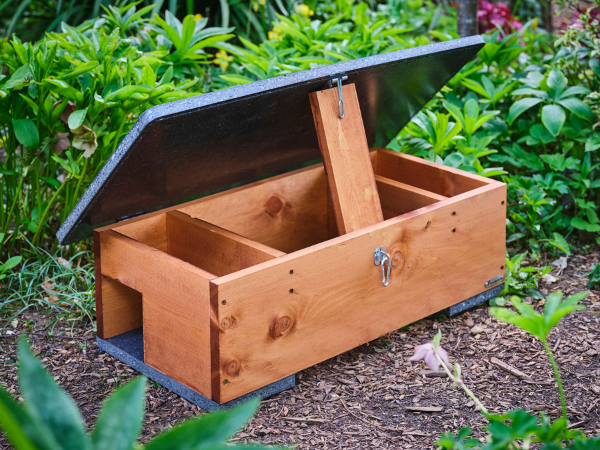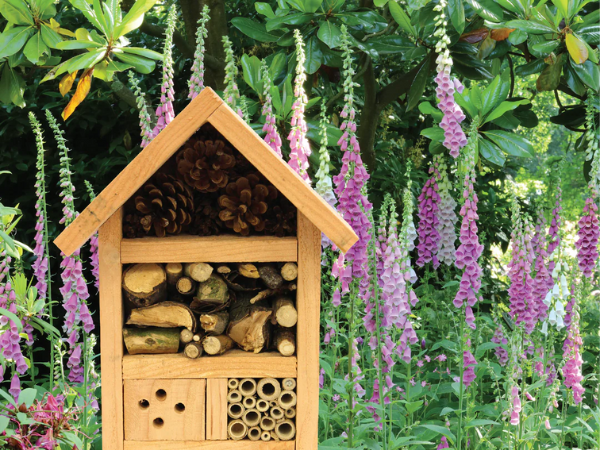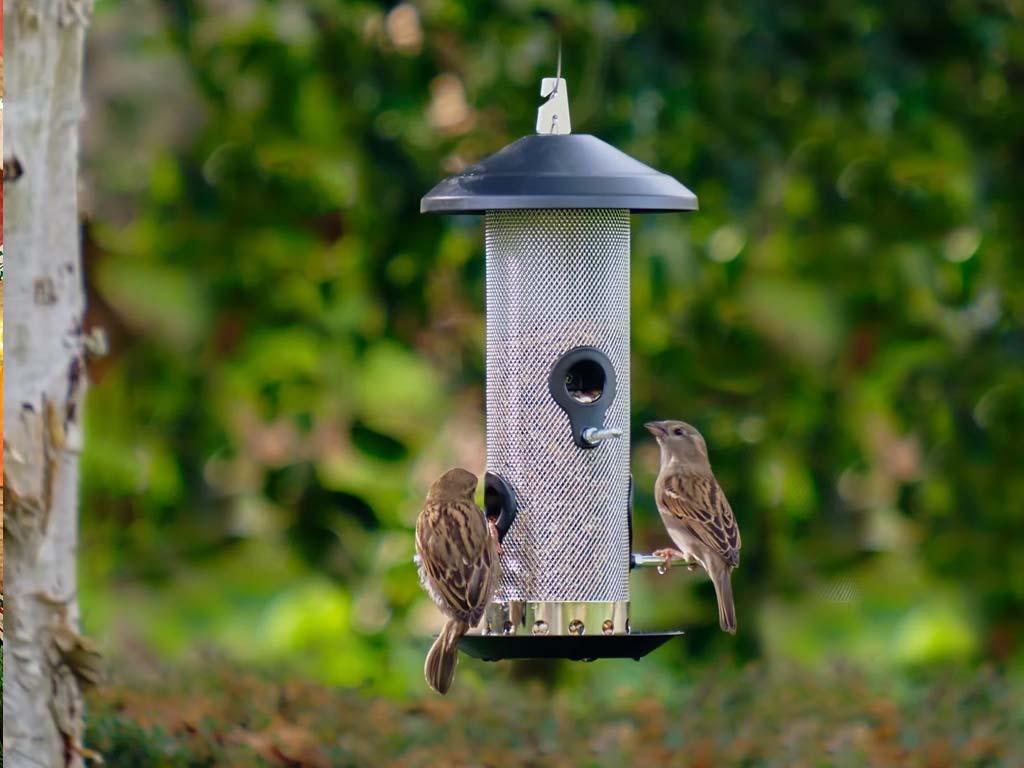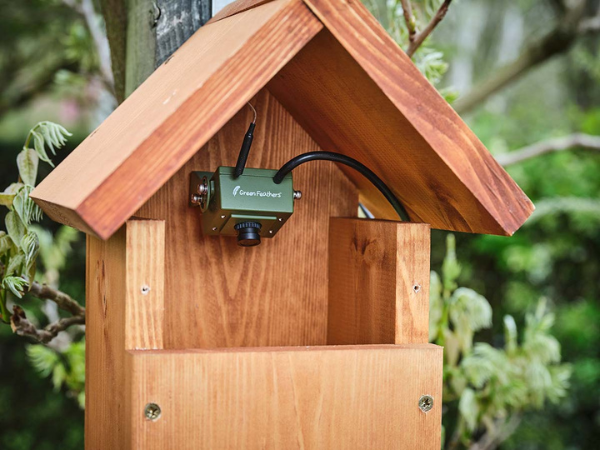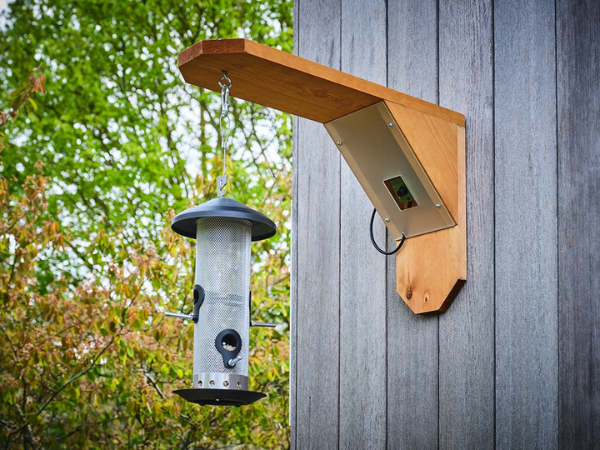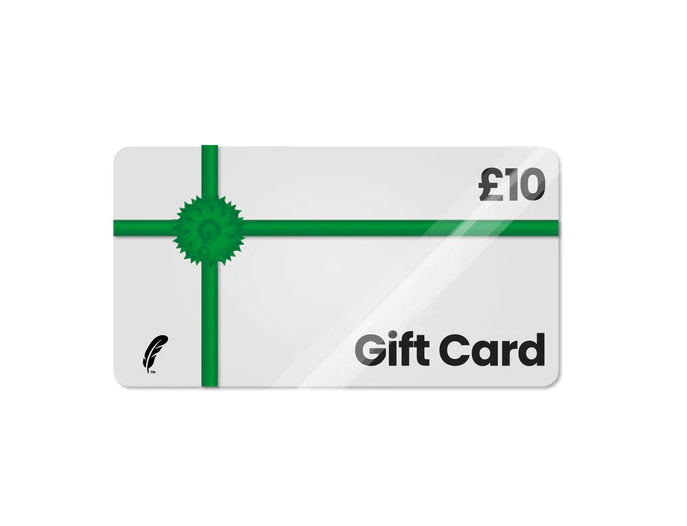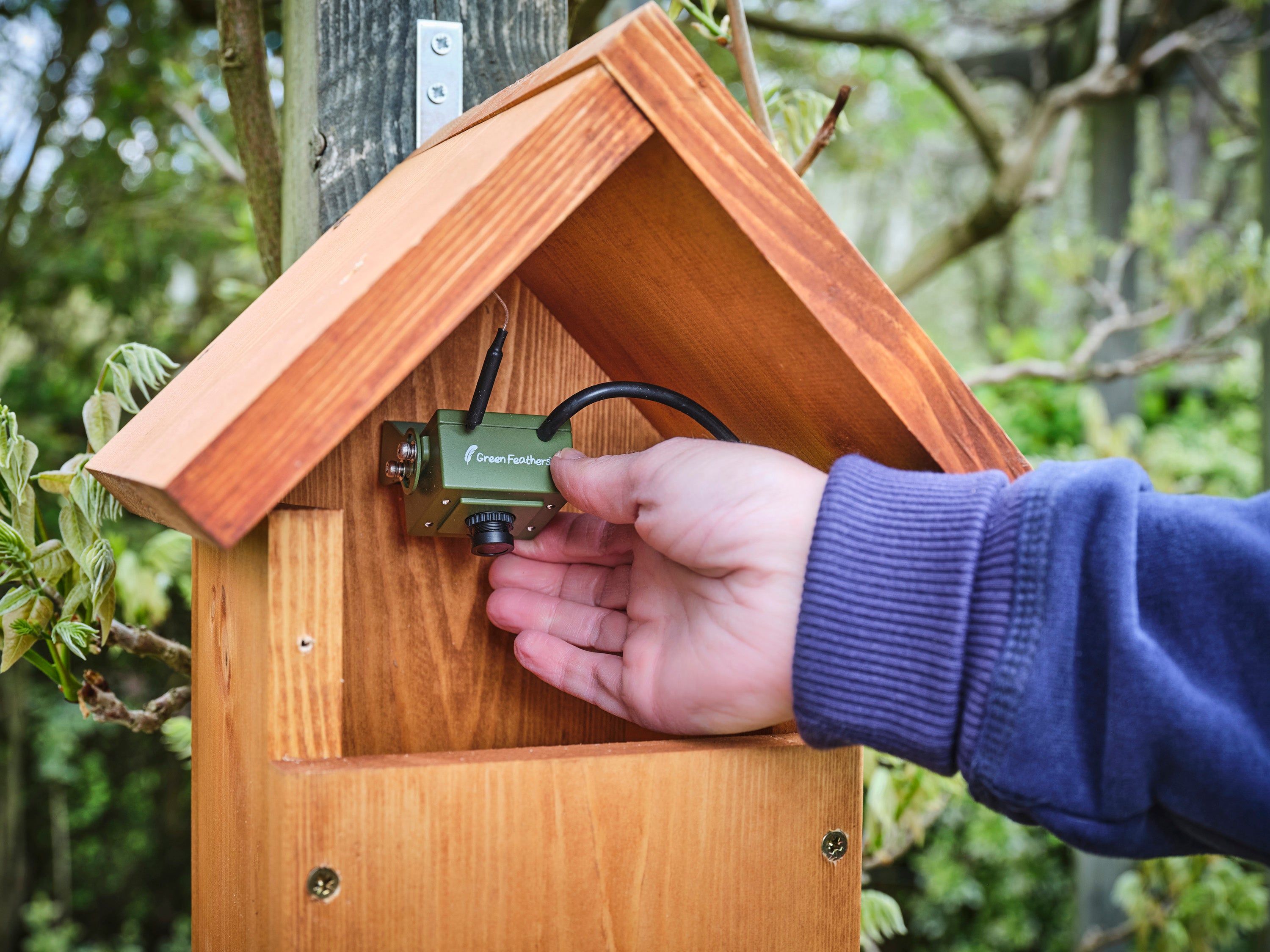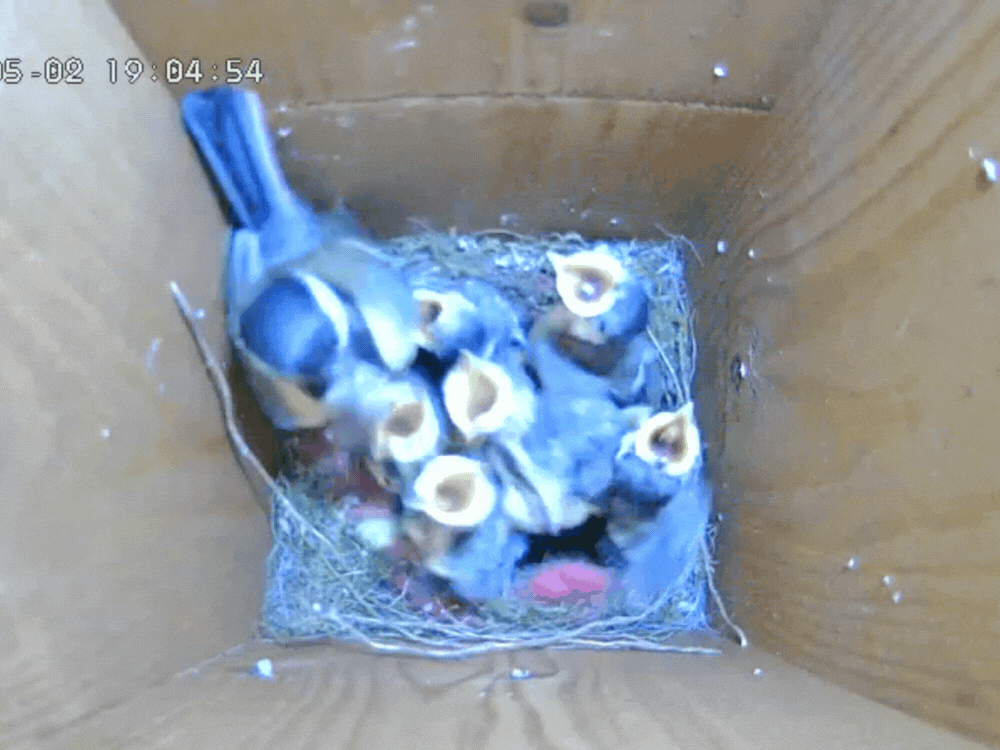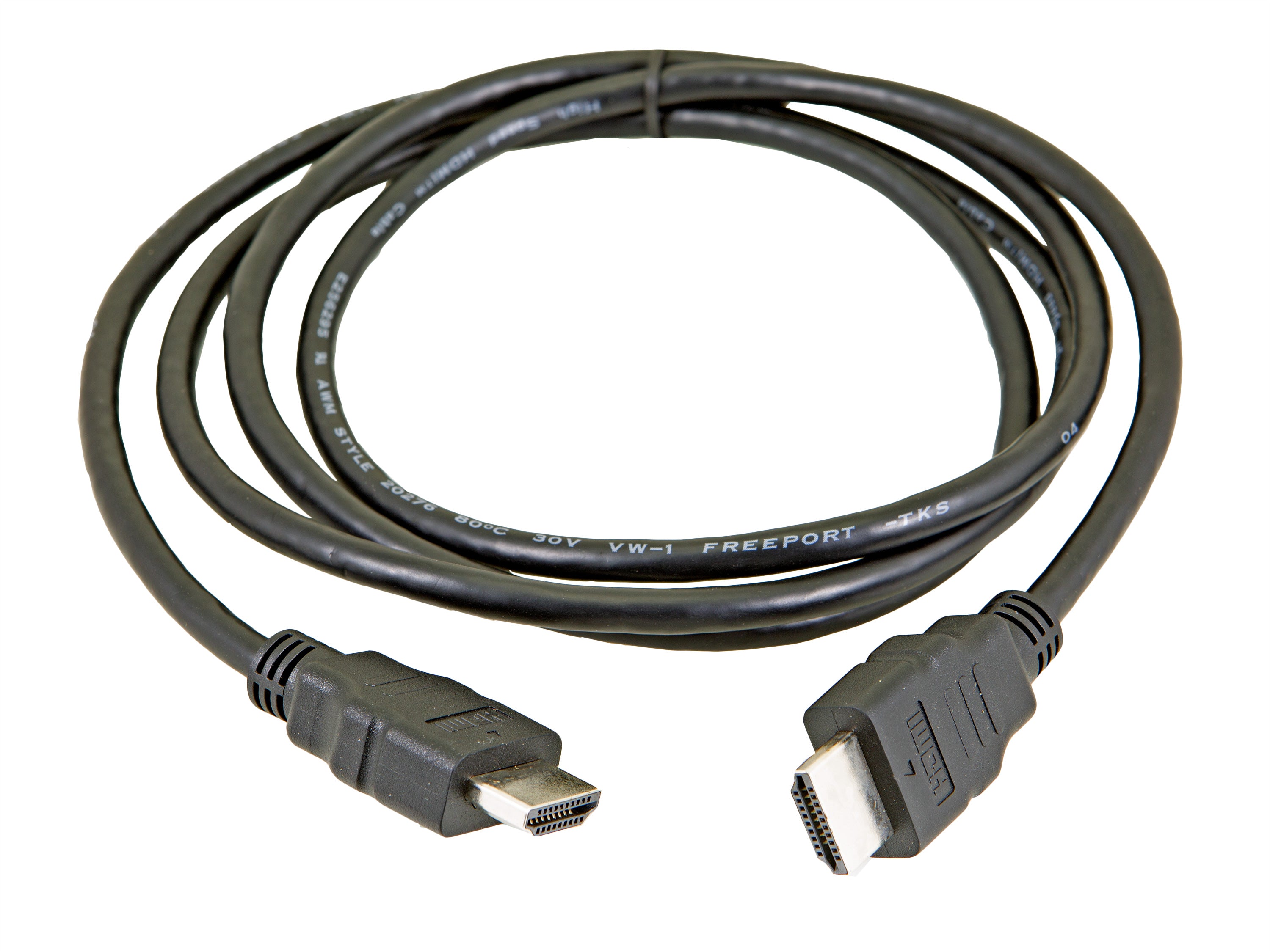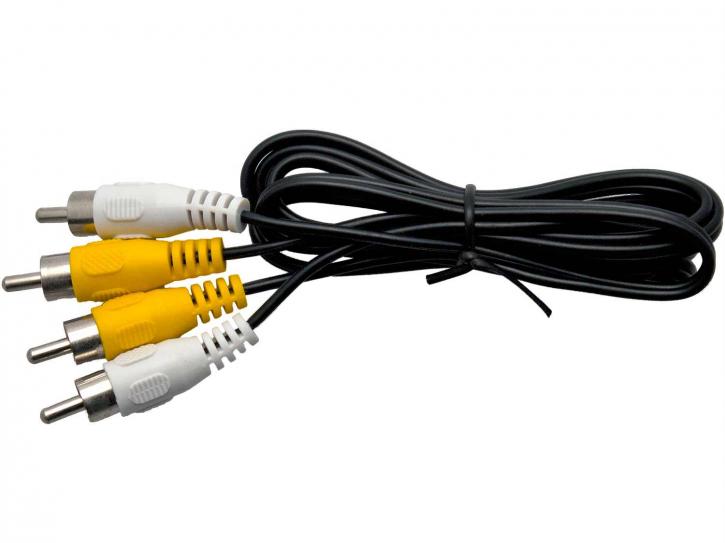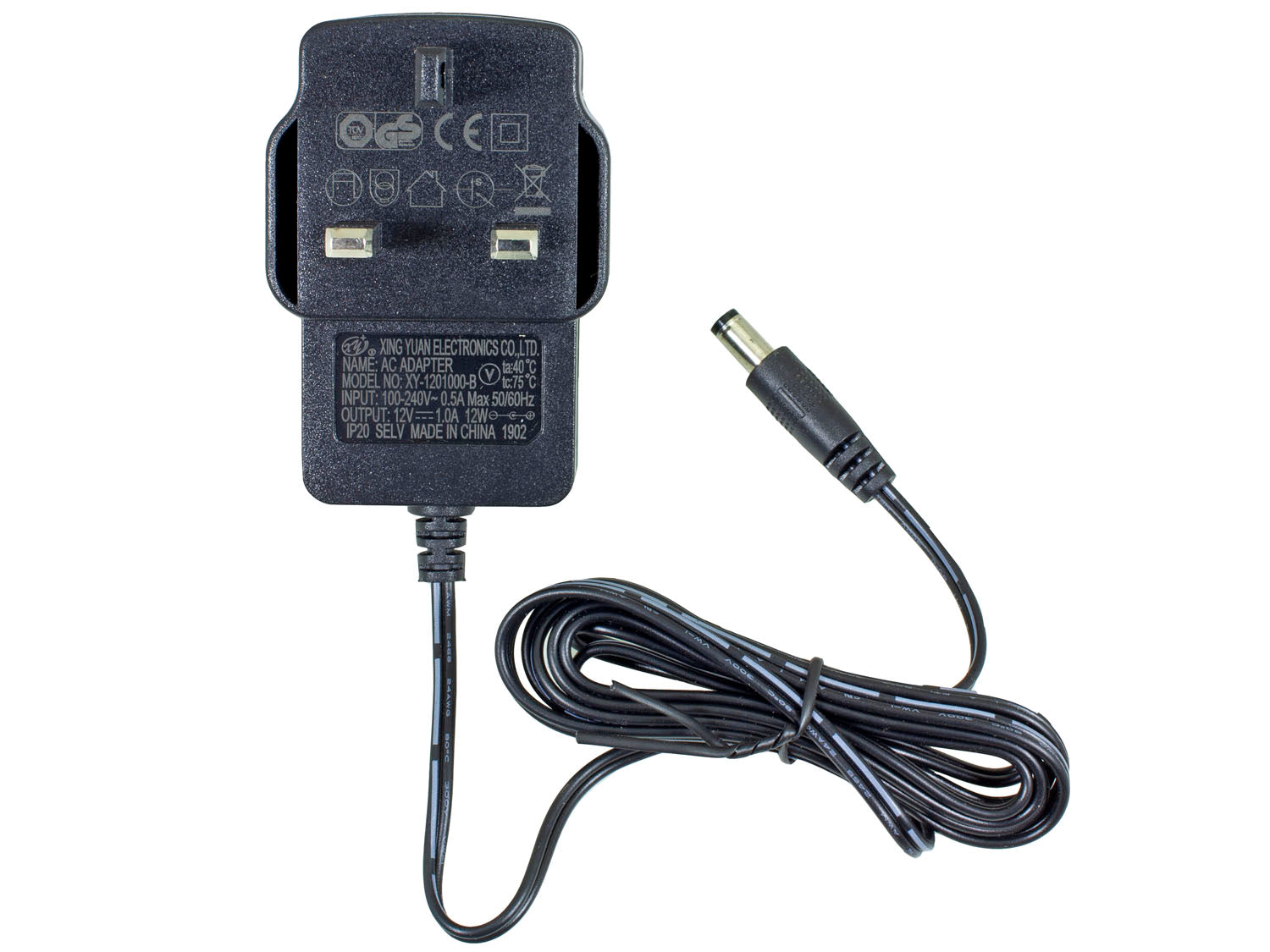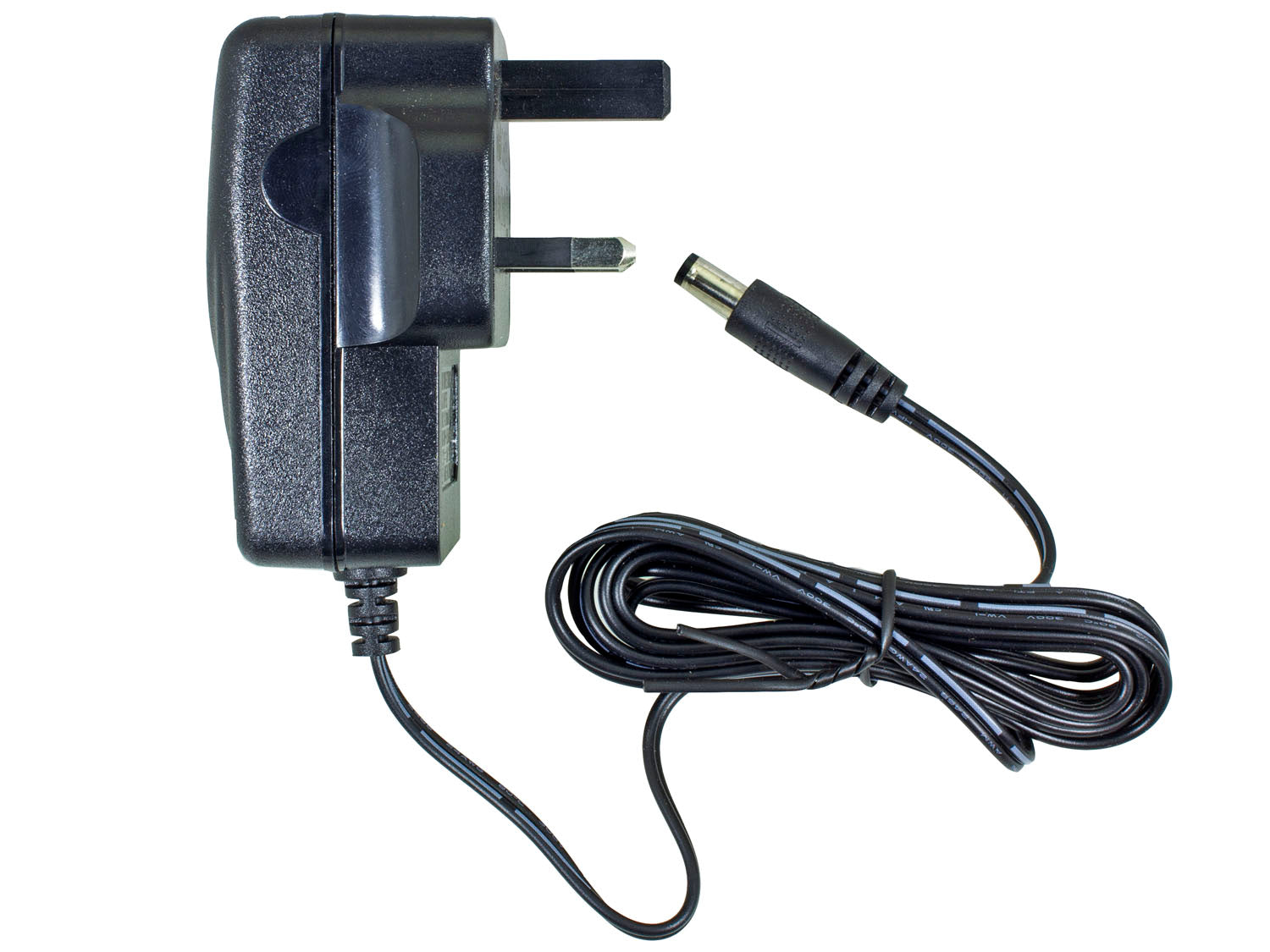Caring for hedgehogs in your garden is a rewarding way to support these spiky creatures in surviving in the wild, and there are many things you can do without it breaking the bank or taking over your free time.
One of those things is feeding hedgehogs.
As the challenges hedgehogs face continue to increase, supplemental feeding can make a significant difference in helping your prickly pals survive and thrive - especially during the colder months when they prepare for hibernation. But what should you feed hedgehogs?
It's essential to know the right and wrong ways to feed hedgehogs to ensure their well-being - as unfortunately, some good deeds can go punished, if you don’t know what you’re doing. This guide will help you understand the best practices for feeding hedgehogs, from what to and not to offer, how to create a clean and safe environment, and how to set up a feeding station.
So what are you waiting for? Let's dive straight in and tell you all you need to know.
Why feeding hedgehogs matters
Feeding hedgehogs is important because these small mammals are facing declining populations due to habitat loss, food shortages, and environmental changes.
Providing supplemental food can help them survive during tough periods, especially in urban areas where natural food sources like insects, worms, and slugs are often limited. Proper feeding also supports their overall health, particularly during the colder months whilst they prepare for hibernation. By helping hedgehogs, we also contribute to biodiversity and the balance of ecosystems, where they play a vital role in controlling pests.
However, there are right and wrong ways to feed hedgehogs, so it’s incredibly important that you know what to, and not to, feed them.
What can you feed a hedgehog?

Let’s start with what you can feed hedgehogs and the correct ways to do so!
Do: 1. Offer hedgehog-specific food
Meaty, high-quality hedgehog food and kibble is the best supplementary food that you can offer to the prickly pals in your garden. This is because it is nutritionally balanced and includes safe ingredients - everything they need. You can often find this online, through wildlife food suppliers.
Do: 2. Or offer certain cat or dog foods, instead
If you can’t get your hands on hedgehog-specific food, then your best bet is to use cat or dog food. Cat food, such as kitten biscuits or wet meat-based cat food (in either jelly or gravy) is usually best, as cats are fully carnivorous animals - like hedgehogs. However, wet meat-based dog food (in either jelly or gravy) is also ok.
Do: 3. Provide fresh water
When feeding hedgehogs, it’s also important to leave a shallow dish of fresh water - especially during hot weather. Hedgehogs, like any creature, also need water to drink and are susceptible to dehydration if they cannot find a source.
Do: 4. Use a feeding station

To help keep other animals away from both the hedgehogs and the food, it’s a good idea to use a feeding station. These can be made with resources in your garden, or you can purchase wooden hedgehog feeding stations online.
We share more details on how to set one of these up, below.
Do: 5. Feed at the right time
Whilst you may want to be prepared, putting hedgehog food out at the wrong time can cause the food to go off, or entice other animals to it. It’s best to put out your hedgehog food in the evening, just before dusk, when the hedgehogs are beginning to become active.
In terms of time of year, you should only put hedgehog food out when they’re not in hibernation (late autumn to early spring) - otherwise, it will go to waste and potentially attract other animals.
Do: 6. Replace food and water daily
You should make it a habit to check the food and water bowls each day, to top them up with fresh water and food and remove any food that hasn't been eaten. Leftover food and water will encourage other animals and can go stagnant and rot over time - which can make your prickly pals very ill if they were to eat it.
Do: 7. Clean your food bowls and feeding station
To help prevent the spread of disease (wild animals, including hedgehogs, carry more than you think), always clean the dishes and feeding station after use, daily. You should do this outside using hot, soapy water and rinse well. This will help to reduce the spreading disease between different hedgehogs that might eat from the same dish or use the same feeding station.
What can’t you feed a hedgehog?
Now you know what to feed hedgehogs and how to safely do so, what shouldn’t you do?
Don't: 1. Give milk
Did you know that hedgehogs are lactose intolerant? Offering and feeding hedgehogs milk can cause severe digestive problems, including diarrhoea and malnutrition, which can make them incredibly ill.
Don't: 2. Offer bread and oats
Bread and oats provides very little nutritional value for hedgehogs, causing them to fill up without getting the nutrients they need.
Don’t: 3. Provide dried nuts, seeds and fruit
If you have a bird feeder, then you may notice hedgehogs snuffling around broken seeds on the ground. However, dried seeds, nuts and fruits are difficult for them to chew and digest, which can cause choking or intestinal blockages. If you notice seeds on the floor under your feeder, try to clean them up as much as you can.
Don't: 4. Use processed meats and other human food
Processed meats and other human foods are often especially high in salt, sugar, or fat. This can be very harmful to hedgehogs, as their bodies are not made to digest these ingredients.
Don’t: 5. Feed raw meat, offal or eggs
Whilst hedgehogs need a meaty, high-protein diet, raw meat, offal and eggs they have sensitive digestive systems that cannot digest raw animal products well and the foods do not provide the nutritional balance that they require. These foods also carry harmful bacteria when uncooked, such as salmonella and E. coli, which can make hedgehogs incredibly ill.
Don't: 6. Overfeed
When feeding hedgehogs, think less is more. Overfeeding hedgehogs can lead to obesity and other health issues, which can make it very difficult for them to survive in the wild. This also includes overfeeding hedgehogs with mealworms, which they do enjoy, but can lead to them developing Metabolic Bone Disease if they eat too many.
Don't: 7. Use insecticides and pesticides in the garden
Chemicals used in the garden, such as insecticides and pesticides, can harm the hedgehogs if they consume the poisoned insects the chemicals are intended to rid. As insects are a hedgehog's primary source of food (without your supplemental feeding), consuming poisoned insects can not only make hedgehogs incredibly ill, but it could kill them.
How to set up a hedgehog feeding station
Hedgehog feeding stations are important to keep hedgehogs safe from other animals whilst they’re eating, and from other animals eating the food.
Setting up a hedgehog feeding station is incredibly easy to do! Here are two simple ways to do so:
How to build a hedgehog feeding station
To build a hedgehog feeding station, you simply need bricks and two pet-safe bowls. Layer the bricks to create a shelter, leaving enough room in the centre for the bowls, and a hedgehog-sized entrance gap.
Buy a hedgehog feeding station
If you have the means to do so, buying a hedgehog feeding station is a one-step answer. Simply purchase, clean, add your food and drink bowls, and position in a secluded spot in your garden.
How to observe feeding hedgehogs in your garden

When hedgehogs are feeding, it’s important to leave them be. Disturbing hedgehogs whilst feeding can make them feel unsafe, stop them eating, and could prevent them from coming back to your garden.
If you’re interested in keeping tabs on your prickly pals whilst they’re in their feeding station, without disturbing them, you can purchase hedgehog box cameras to place inside.
More ways to help hedgehogs in your garden
Feeding hedgehogs is just one way to help them survive in the wild. More ways to help to protect hedgehogs include:
1. Make your garden hedgehog-friendly
Whilst you can’t keep a hedgehog as a pet (generally speaking), one of the best ways to protect and attract hedgehogs to your garden is to make it not only wildlife-friendly, but specifically, hedgehog-friendly.
A hedgehog-friendly garden, along with food and water, also has:
- Shelter, such as a hedgehog house, for sleeping hedgehogs - especially important during hedgehog hibernation season
- Hedgehog highways, aka access routes, through your garden’s fences and hedges (typically 13 x 13 cm wide)
- Natural environment, full of native plants and long grass - often known as rewilding
- Nesting materials, such as leaves, straws and twigs
2. Encourage minibeasts into your garden with a bug hotel
As mentioned earlier, a hedgehog’s primary source of food is insects. But how do you get them into your garden?
One of the best ways to not make your garden more wildlife-friendly and attract minibeasts, and to provide natural food for your prickly pals, is to make a bug hotel.
Bug hotels are incredibly easy to make at home with random bits and pieces from around the home and garden, and can be a fun activity to do with the kids. But if you don’t have the time to do so, you could also purchase a premade bug hotel, made with all natural resources.
Want to learn more about hedgehogs? We’ve got you! Find more resources on our blog, like our hedgehog facts & how to help them, or contact us today for expert advice on everything hedgehog.



